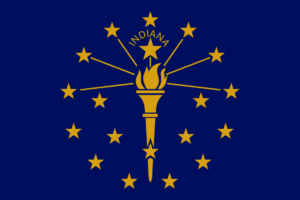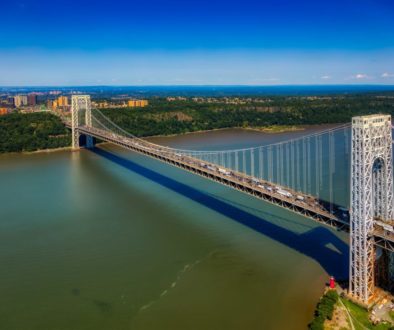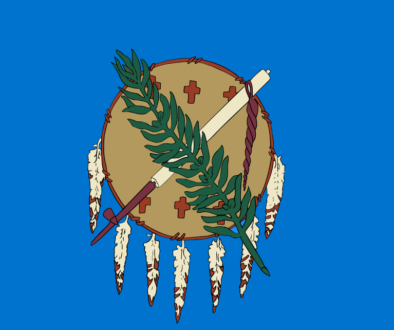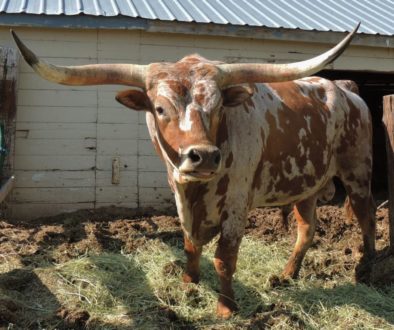Indiana
History: Native peoples lived in this area, as in other Midwest states, going back about 8000 years. Some of the tribes known to occupy Indiana were the Shawnee, Miami, and Illini. The first European explorer was Robert Cavelier, Sierur de la Salle. The French established an economic and military presence during the 1600 and 1700s as part of New France. After the Seven Years’ War, the area was taken over British in 1763. The U.S. took over after Revolutionary War and made Indiana part of the Northwest Territory. During this time there were frequent Native American uprisings, until the victories of Gen. Anthony Wayne at Fallen Timbers in 1794 and Gen. William Henry Harrison at Tippecanoe in 1811. Indiana became the 19th state on December 11, 1816.
Economy: Indiana is one of America’s strongest manufacturing states because it has the highest percentage of laborers employed in manufacturing. Steel, heavy machinery, and automotive parts top of the list of what they make. Also, there is a significant amount of mining and energy industry. Like many other states, service industries have grown a great deal due to advanced technology and the information/computer age that we live in.
Climate: For the most part, Indiana has a humid continental climate, meaning the winters are cool, with long, warm summers. In the far southern part of the state, there is a humid subtropical zone with temperatures being a little warmer and more precipitation (rainfall).
Geography: Indiana contains two natural regions of the U.S., the Central Lowlands and the Interior Low Plateaus. Glaciers and what they left behind are what have caused much of its appearance. The central region is primarily flat with a few rolling hills. Much of the soil is composed of glacial sands, gravel and clay, which help make up great farmland. In the north, it is the same, but has lots of moraines (a kind of mountain) formed by the glaciers and hundreds of kettle lakes (also formed by glaciers).
Fun Facts:
- Indiana makes more popcorn than any other state in America.
- Indiana sits on top of one of the richest concentrations of limestone on the planet.
- Indiana has been nicknamed the “Covered Bridge Capital of the World” because it has 31 covered bridges in just 450 square miles.
- Santa Claus, Indiana gets over a half million letters and requests at Christmas time.
- On May 4, 1871, the first professional baseball game was played in Fort Wayne.
- Abraham Lincoln moved to Indiana when he was 7 years old and lived most of his boyhood with his parents, in Spencer County.
Points of Interest:
- Indianapolis Motor Speedway, home of the ‘Indy 500’
- RV and Motor Home Hall of Fame in Elkhart
- Eiteljorg Museum of American Indian and Western Art in Indianopolis
- Children’s Zoo in Fort Wayne
- Conner Prairie Interactive History Park in Fishers
- Prophetstown State Park and Tippecanoe Battlefield in Lafayette
Six additional sites to visit for more information:
www.mentalfloss.com/15-things-you-might-not-know-about-indiana




